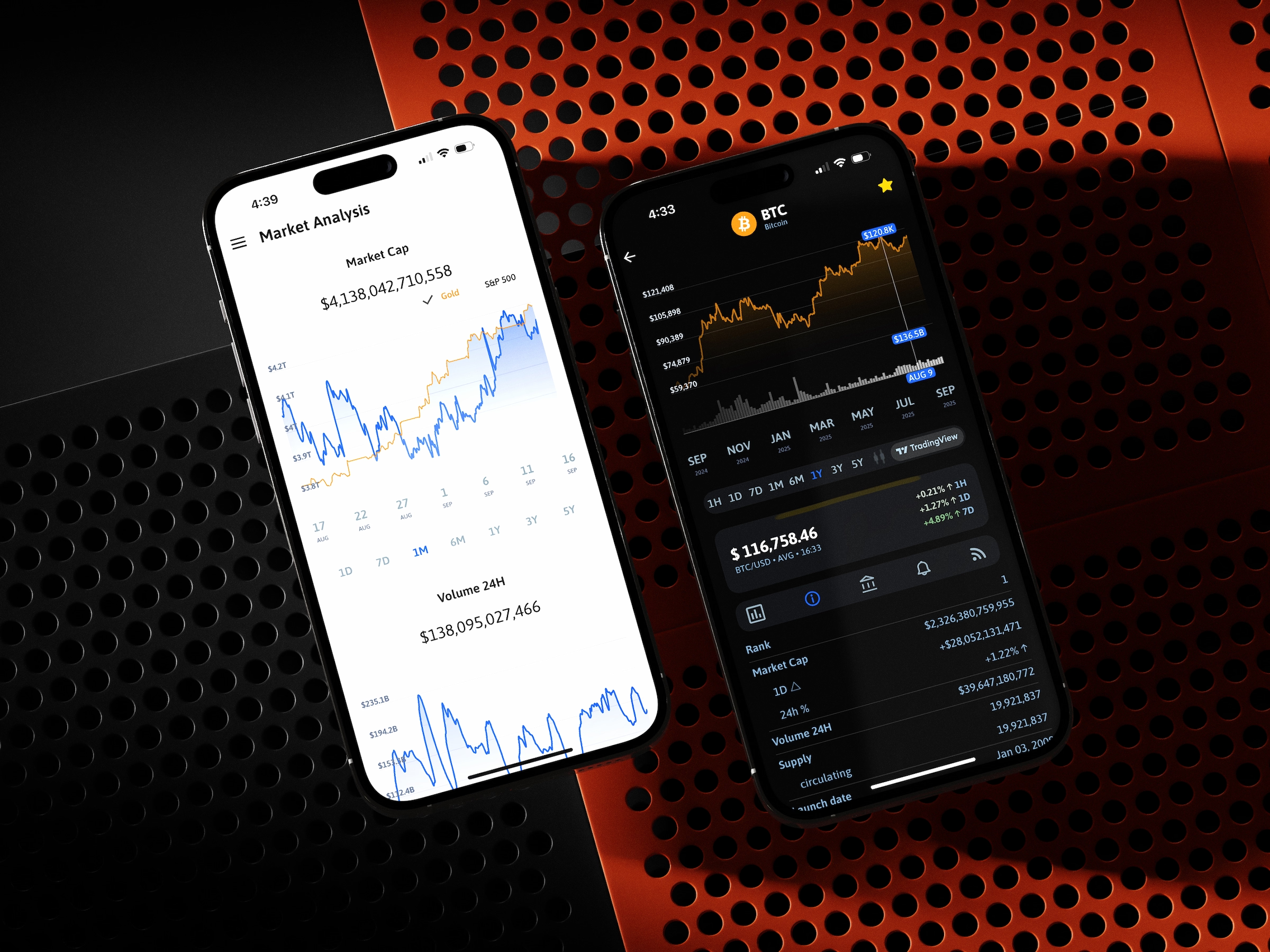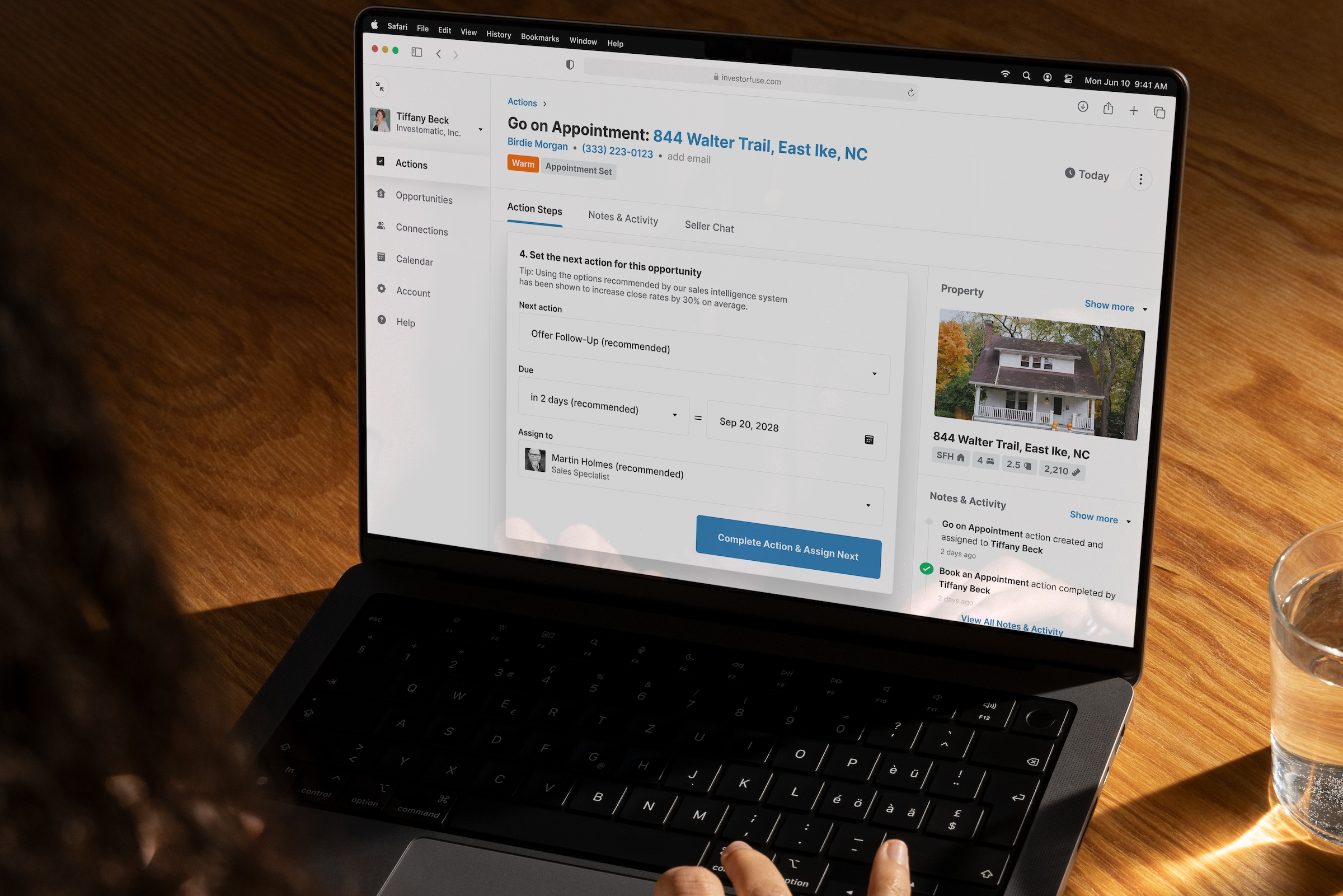Apps made by hand,
accelerated with AI.
Apps made by hand,
accelerated with AI.













specializing in

iOS Apps

Android Apps

Web Apps

SaaS

CMS/Ecommerce

Internal Apps
Showcase


We're obsessed with giving you the best. Period.
How long does it take to build an app?
Between one and infinity months. 😉
But before you roll your eyes, stay with me! We may be far enough along with your app in one to three months to put it in your audience's hands. We'll encourage you to build small and ship early–probably earlier than you'll feel ready. We believe strongly in this approach. Even if you only open it up to a small part of your audience at first, our playbook is: ship as much as you can as quickly as you can, collect feedback, and use what you learn to decide what to do next. We want your app to be so successful that we continue innovating together indefinitely.
By design, our approach is less interested in the question, "How long will it take to ship all of the stuff we happen to have thought of so far?" and more interested in the question, "What's the most we can put into our audience's hands in the next month that helps us move towards our goal?"
That's not to say that we won't estimate the amount of time it'll take to ship whatever set of features you want as best we can. We just don't think it's a great use of resources to create detailed plans and estimates for work we're not gonna start for 3, 4, 5+ months down the line. The larger that scope becomes, the more buffer we have to add to account for risks and unknowns (and the more time we spend in paralysis by analysis instead of shipping product).
What is your process?
In brief, our workflow goes like this:
Align. Establish or reaffirm business and product goals both broadly and short-term.
Define. Write and prioritize next-up features as discipline-specific requests.
Create. Deliver the next-up request per discipline (e.g. design, backend, frontend).
Test. Peer review, then pass to you. Keep the request open for changes, or accept.
Release. Deliver accepted requests to approved audiences (e.g. test or live).
Learn. Gather active and passive feedback from audience.
Repeat. Continuously repeat the workflow as requests are completed.
Where are you located?
Our "spiritual home" is Orlando, Florida, where Brice lived when he founded Camber in 2014. As a fully-remote company from day one, we have team members from all across the United States. Brice and his family now live in North Carolina, and the rest of our team spans several time zones. While we don't have strict operating hours, we mostly work standard Eastern time zone business hours.
How will we collaborate?
Primarily via Camber's Slack and Trello (we'll invite you to both). But we'll also have occasional Slack Huddles and scheduled Google Meets as appropriate. We generally follow these guidelines for meetings.
We maintain an asynchronous-first culture to help our team stay maximally productive on a maker's schedule.
We aren't your average asynchronous remote team. We've been refining this discipline since 2014. We show our work and write things down. A lot. Though the specific details differ, we think these folks did a pretty great job articulating how we also think about asynchronous-first communication.
What is aiOS?
aiOS is our "Agency Intelligence Operating System." It's Camber's tightly-integrated layer of AI agents and workflows that accelerate our team's work across all disciplines. Every component of aiOS is carefully tuned and operated by our subject matter experts to achieve our high standards for quality, maintainability, security, and more, all while allowing us to deliver you more of our exceptional work faster than ever before. aiOS leverages frontier AI models from leading providers whose agreements with us prohibit the use of data for training.
What are your preferred technologies to build with?
Generally, we only use technologies, approaches, and patterns that are well-established and well-supported, staying current on industry best-practices. This is by no means an exhaustive list of our capabilities, but here are some of our current favorites:
What are your design standards?
We believe that design is not just how it looks, but how it works. No matter how beautiful the pixels are–if it doesn't work, it's ugly. We apply both a heuristic and analytic approach to great design, including psychology principles and cognitive biases of design, Nielsen Norman Group's usability heuristics for user interface design, Apple's Human Interface Guidelines, Android Material Design Guidelines, and Web Content Accessibility Guidelines (WCAG).
What are your engineering standards?
Our engineering standards ensure every line of code meets enterprise-grade requirements for security, performance, and maintainability. All work undergoes mandatory peer review before deployment. We adhere to OWASP security guidelines, platform-specific best practices (Swift for iOS, Kotlin for Android), test-driven development with comprehensive coverage, SOLID principles, and twelve-factor app methodology. Our infrastructure follows DevOps best practices with automated CI/CD pipelines, infrastructure as code, and continuous monitoring. The result: battle-tested applications that scale reliably, deploy predictably, and evolve gracefully over time.
Where did the name Camber come from?
Growing up with a father who was a fighter pilot, Brice (Camber's Founder) has always drawn wonder and inspiration from the field of aviation and space exploration. In aerospace engineering, “camber” refers to the asymmetry between the top and bottom of an aerofoil (such as an airplane wing). It’s this asymmetry that creates lift for flight. We think of our team as the asymmetrical leverage that creates lift for our clients’ businesses.


















